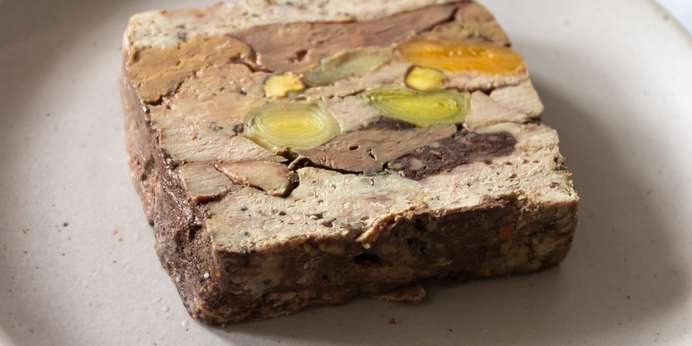
Consumers have become more health-conscious in recent years. As a result, protein substitutes are becoming more common on grocery store shelves and in diets. As with many other food products, it is essential to measure the colors of protein substitutes. The color of protein substitutes appeals to the senses and indicates quality. A spectrophotometer can conduct a protein analysis in food to ensure the correct color and consistency between batches.
What Is Alternative Protein?
Alternative protein is protein that is plant-based or created from food technology rather than animal products. The alternative protein industry is growing at a fast pace due to a wide variety of factors, including:
- Innovations in food technology that have created more protein production opportunities.
- A desire among consumers for more protein options besides meat.
- Increased consumer interest in healthy choices.
- The cost-effectiveness of alternative protein.
- The ethical considerations of meat consumption.
Types of Protein Substitutes
Alternative protein trends are fast-growing, with many options available. Some of the most common sources of protein substitutes include:
- Plants: Crop extracts and whole plants like seeds, nuts, grains, peas, pulses, chickpeas and legumes
- Insects: Protein from insects like crickets, black soldier flies and mealworms
- Algae: Protein biomass from producing and harvesting macro-algae and micro-algae
- Mycoprotein: Whole, filamentous and unprocessed fungal biomass, like mold
- Fermented proteins: Proteins created from yeast organisms, like whey and casein
- Cultured meat: Protein from tissue-culture technology to get the same protein profile as animal muscles
- Processed soy products: Soybean meat alternatives like tofu and tempeh

